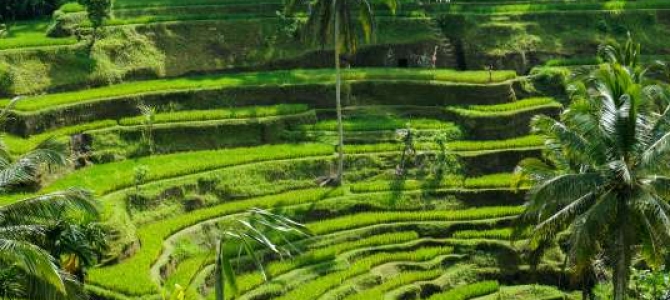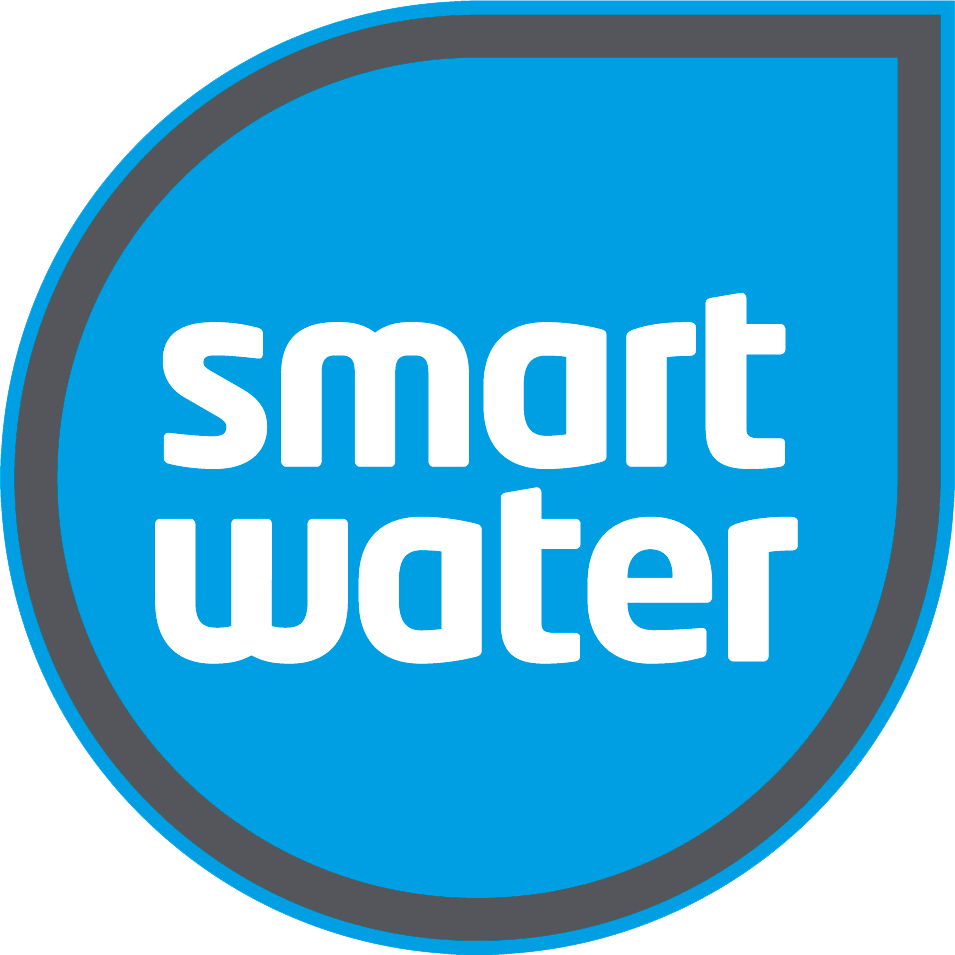 Shopping Cart
Shopping Cart
18 July 2023
Sustainable Solutions: Discovering Rainwater Harvesting Techniques Used Worldwide

In a world where water scarcity and environmental sustainability are becoming increasingly pressing issues, the need for innovative solutions is more important than ever.
Rainwater harvesting has emerged as a game-changing technique that is being implemented worldwide to combat water shortages and promote sustainable living.
By capturing and storing rainwater, communities and individuals can reduce their reliance on traditional water sources and minimise their environmental impact.
This article delves into the various rainwater harvesting techniques that are being used across the globe, showcasing their effectiveness and potential for widespread adoption.
From rooftop collection systems to underground tanks, we will explore the different methods employed in different regions and highlight the benefits they bring.
Benefits of rainwater harvesting
Rainwater harvesting offers a multitude of benefits that contribute to both individual self-sufficiency and environmental preservation.
Firstly, it provides an alternative water source that can supplement or replace traditional sources such as municipal water supply. This reduces reliance on often limited and costly water resources, especially in regions prone to droughts or inadequate infrastructure.
Additionally, rainwater is naturally soft and free from the chemicals used in water treatment, making it ideal for various non-potable uses like irrigation, laundry, and toilet flushing, thereby reducing the strain on freshwater reserves.
Moreover, rainwater harvesting helps in preventing floods by reducing the volume of stormwater runoff, which can be particularly beneficial in urban areas with limited drainage capacity. By conserving water and reducing the strain on ecosystems, rainwater harvesting plays a crucial role in promoting sustainable living and mitigating the impacts of climate change.
Rainwater harvesting techniques used worldwide
Rainwater harvesting has been around for centuries and here in New Zealand, we are no strangers to the practice. Many holiday homes and homes built in remote locations still rely on water harvesting as their primary source of water for both potable and non-potable uses. This is also the case in other countries including Australia and the USA.
Whilst the practice of rainwater harvesting has been around for a long time, new technology has allowed for advancements, not only in the way that the water is collected and filtered but also in the way that the collected water can be monitored and managed.
Below are some examples of traditional and modern rainwater harvesting techniques.
Traditional rainwater harvesting methods
Rainwater harvesting has been practised for centuries, with traditional techniques still in use across various regions today.
One such method is the use of rooftop catchment systems, where rainwater is collected from roofs and channelled into storage containers.
In arid regions like Rajasthan in India, traditional step wells called "baoris" were constructed to collect rainwater during the monsoon season. These large underground structures could store vast amounts of water, providing a lifeline for communities during dry spells.
Another traditional technique is the use of terracing, commonly seen in agricultural practices. By creating terraces on slopes, rainwater is captured and controlled, preventing erosion, and allowing crops to thrive.
Modern rainwater harvesting systems
With advancements in technology, modern rainwater harvesting systems have evolved to improve efficiency and maximise water collection.
One popular method is the use of rain barrels or cisterns, which are connected to downspouts to collect rainwater from roofs. These containers are equipped with filters to remove debris and contaminants, ensuring the stored water is clean and safe for use.
This is the primary method of rainwater collection in both residential and commercial settings. At Smart Water, we are helping to facilitate the management and monitoring of rainwater harvesting through our innovative water tank level monitoring system. Our market-leading product provides a wireless water tank management solution with mobile app connectivity, allowing you to manage and monitor the water you harvest from anywhere.
Another innovative technique is the use of rain gardens, which are landscaped areas designed to capture and filter rainwater. By incorporating native plants and permeable surfaces, rainwater is absorbed into the ground, replenishing groundwater and reducing the strain on stormwater drainage systems.
Rainwater harvesting in urban areas
Rainwater harvesting is particularly beneficial in urban areas where concrete surfaces and limited green spaces contribute to increased runoff and reduced groundwater recharge.
In cities like Singapore, rainwater harvesting is mandated for new developments, with the use of underground storage tanks and extensive green roofs. These measures not only reduce the strain on the city's water supply but also help to mitigate the urban heat island effect and enhance biodiversity.
Additionally, rainwater harvesting systems in urban areas can be integrated with greywater recycling systems, further reducing water consumption and promoting sustainable practices.
Rainwater harvesting in agriculture
Agriculture is one of the largest consumers of water worldwide, making rainwater harvesting a valuable technique for farmers.
In regions with irregular rainfall patterns, such as parts of Africa and Australia, rainwater harvesting allows farmers to collect and store water during the rainy season for use during dry periods. This ensures a more reliable water supply for irrigation, reducing the risk of crop failure and increasing agricultural productivity.
Moreover, by capturing rainwater, farmers can minimise the need for groundwater extraction, which is often unsustainable and can lead to land subsidence and saltwater intrusion in coastal areas.
Rainwater harvesting in developing countries
In many developing countries, access to clean water is limited, and communities often rely on distant water sources or unsafe alternatives.
Rainwater harvesting provides a practical solution to this problem, as it can be implemented at a small scale and requires minimal infrastructure.
Projects in countries like Kenya and Bangladesh have demonstrated the effectiveness of rainwater harvesting in providing safe drinking water for communities.
Additionally, rainwater harvesting systems in schools and healthcare facilities can improve hygiene practices and reduce the risk of waterborne diseases. By empowering communities to collect and manage their water resources, rainwater harvesting contributes to poverty reduction and enhances overall resilience in the face of water scarcity.
Challenges and solutions for rainwater harvesting
While rainwater harvesting presents numerous benefits, there are also challenges that need to be addressed for widespread adoption.
One challenge is the variability of rainfall patterns, as some regions experience prolonged dry spells or unpredictable rainfall. This can affect the reliability of rainwater harvesting systems, especially in areas heavily dependent on agriculture.
To mitigate this, innovative solutions such as water storage technologies and efficient irrigation methods need to be implemented.
Another challenge is the lack of awareness and education about rainwater harvesting techniques, particularly in rural areas. By providing training and support, communities can better understand the benefits and proper maintenance of rainwater harvesting systems.
Summary
Rainwater harvesting is a sustainable and effective solution to combat water scarcity and promote environmental sustainability.
By harnessing the power of nature, communities and individuals can reduce their reliance on traditional water sources and minimise their environmental impact.
From traditional methods that have stood the test of time to modern systems that maximise efficiency, rainwater harvesting techniques are being used worldwide to address water shortages and promote sustainable living.
As we move forward, it is crucial to continue raising awareness, investing in research and development, and implementing policies that support the widespread adoption of rainwater harvesting.
Together, we can revolutionise our approach to water conservation and build a more sustainable future for generations to come.
